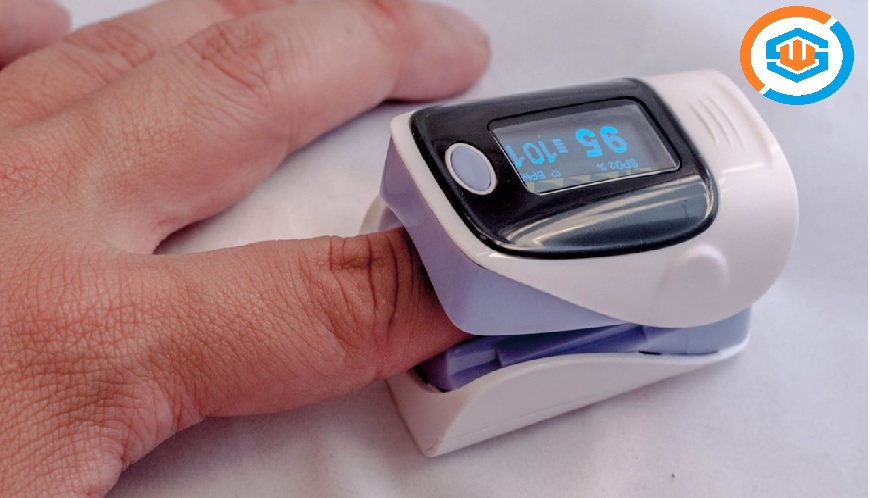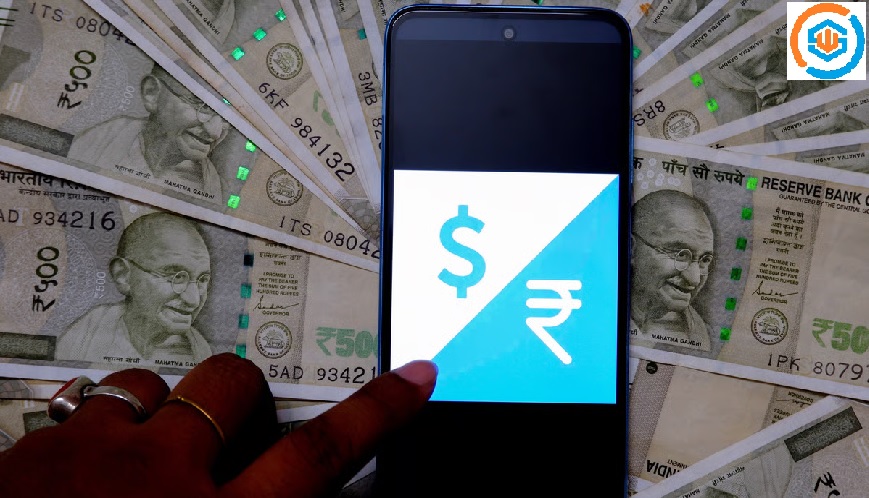
- 24 Apr
- 2021
What you need to know about pulse oximeters
What you need to know about pulse oximeters
Pulse oximeters have been flying off the shelves during the COVID-19 pandemic. We decode how they work
Back when TikTok ruled strong in India, there were hundreds of videos of people showed that wearing a mask did not inhibit oxygen saturation. One user Emily Lyoness, who has moderate persistent asthma, recorded herself wearing a spectrum of masks — from a reusable fabric mask to a P100 mask — and tested her oxygen levels by clipping a pulse oximeter to her index finger. The oxygen reading on the device wavered between 98 and 99.
Device must-knows
It comprises a monitor which contains the batteries and display; a probe, which consists of light discharging diodes or LEDs and a light detector called a photo-detector. This probe senses the user’s pulse.
There are two important readings: the pulse rate, recorded as beats per minute (60 to 100 is the safe range); and the oxygen saturation of hemoglobin in arterial blood, the reading of which is recorded as SpO2). Normal readings range from 95% to 100%; anything less, and the user should get medical assistance from a doctor. If your oximeter has alarms, atypical readings will set them off.
The mechanism clips onto the user’s forefinger, though some oximeters have been known to be clipped onto one’s big toe or even the ear, depending on the model. According to the World Health Organization’s Pulse Oximetry Training Manual, one must use the oximeter with patience. Once clipped on, it requires about 10 seconds to get an accurate reading.
A pulmonologist based in Jaipur and chief editor of Lung India, Dr. Virendra Singh points out that pulse oximeters are not COVID-19 detectors. He states one cannot use the pulse oximeter as a sole detector for respiratory issues. It is only meant to give readings for a short time interval.
When buying an oximeter, do be wary of the brand names. Oximeters are selling on e-commerce platforms that will work for a month at most before giving out and may cost as much as about ₹2,000.
We’d suggest going to your pharmacy. Most Indian pharmacies have partnered with authorized names in the medical device sub-industry to provide cost-effective and reliable pulse oximeters. Those who want to support India-made pulse oximeters can look to AmbiTech, Oxysat, or Home Medix, among other names.
Note: - As every caution has been taken to provide our readers with the most accurate information and honest analysis. Please check the pros and cons of the same before making any decision on the basis of the shared details.











